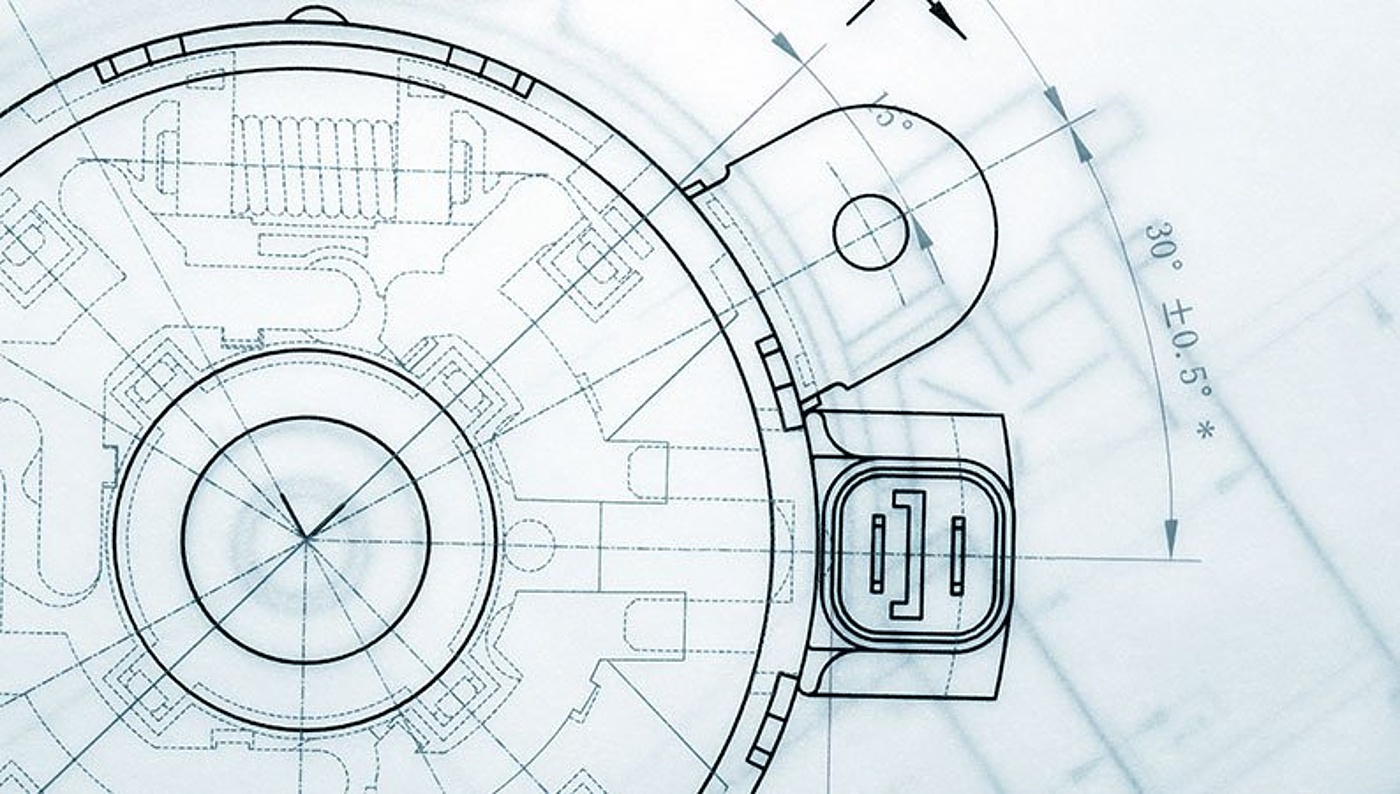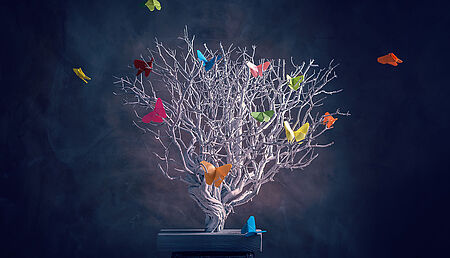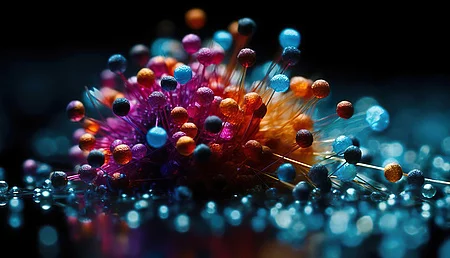
Making the most of your patent drawings
Drawings are an essential element of any patent application for a device or design that requires a visual depiction of the functions and concepts involved. It is critical for all inventors to provide the best possible patent drawings so that examiners quickly understand the invention set forth in the application, thereby increasing the likelihood of a patent being granted.
Although drawings may not be required to accompany a patent application submitted to the U.S. Patent and Trademark Office (USPTO), European Patent Office (EPO) or the Intellectual Property (IP) regulatory agencies in other jurisdictions, there are few situations in which it is feasible for a patentable creation to be sufficiently explained in writing alone. For this reason, it is best practice to provide illustrations or drawings when filing an application.
Here, we will examine the fundamentals of patent illustration and the steps you must follow to produce drawings appropriate for your utility- or design patent application. Of course, we will be looking at general examples of how patent drawings should be used, and it is recommended to seek expert advice for your own case.
What is a patent illustration?
Numerous items fall under the umbrella term of patent illustrations — not just drawings of the item to be patented. Flow charts, sectional or cross-sectional views and diagrams are also to be considered illustrations, as are "exploded" views depicting the relationship between (and assembly steps of) various parts of an invention in enlarged detail.
Basically, just about any two-dimensional visual depiction of an invention that you hope to patent likely constitutes an illustration. Photographs can sometimes be included in the "illustrations" category, but with several caveats.

Generally speaking, patent examiners do not want to see photographic representations of an invention or design unless it is either impossible or impractical to present the invention in any other visual way. For example, if you must display crystalline structures, as may be the case for certain pharmaceutical or life-science patent applications, photographs are the only feasible means to illustrate such details.

Whenever photographs are essential to your patent application, most jurisdictional authorities — including the World Intellectual Property Organization (WIPO) in the case of applications submitted through the Patent Cooperation Treaty (PCT) framework — prefer the images to be black and white. Some agencies will accept color photos, but with further limitations: The EPO will scan, print and distribute the images only in black and white. The USPTO, meanwhile, requires applicants to submit a petition separate from the application explaining why color is necessary and will assume the color used is an integral part of any issued patent unless a disclaimer stating otherwise is included. Lastly, PCT applications forbid color photographs entirely.
What are the rules for patent drawings?
Many of the more detailed specifications for patent drawings pertain to size and spatial orientation. Most patent and trademark offices around the world prefer the paper to be A4 size (8 ¼ by 11 ¾ in inches or 21 by 29.7 centimeters), though some will accept the American standard of 8 ½" by 11" (21.6 by 27.9 centimeters). Margin requirements are just as specific, with the USPTO stipulating the following minimum margins for pages containing drawings or diagrams: The top and left side must both be at least 2.5 cm, while the right side and bottom margins must be 1.5 cm and 1 cm, respectively. What is more, most patent offices prefer the drawings to be in an upright, vertical position instead of a horizontal, landscape-style orientation.
Not unlike photographs, drawings are also expected to avoid color and use black ink on white, non-glossy paper. If you can convincingly argue that color is essential to your application, it may be permitted, but in most situations, it is not worth the time and cost and may result in delaying your filing date.
As for what the drawings themselves contain, there are few restrictions. You should depict the invention or design from as many different perspective views as necessary to show all surfaces of the object proposed in the application. All of the figures depicting each specific sectional view should be together and face the same direction. If using cross-section drawings, use oblique hatching so that none of the separate depictions occlude the leading lines or reference signs throughout the illustration.

Due to the fact the drawings will be reproduced at about two-thirds of their original size during the examination process, they should not be drawn in such a way that a small reduction would prevent the details from being discernable. Additionally, numbers are the best choice for reference characters. If letters must be used, stick to the alphabet relevant to the region. Last but not least, you should try to avoid words in the drawings, but if they are necessary, use the language of the relevant jurisdiction. In the European Union, this would be English, French or German; in the United States, English.
How can you make your patent drawings most effective?
Following the rules outlined above, tailored for the relevant patent office(s), is crucial to the success of your patent application. Patent offices are extremely busy and often backlogged and, as such, may take the opportunity to reject a patent application on the basis of even minor non-compliance. It is also essential to carry out a prior art search in advance of filing so you can best demonstrate the novelty of your invention.
Beyond satisfying the requirements of the patent office you are filing in, the main objective is to compose your drawings with clarity. While the language used in your abstract, description and claims regarding the invention or design is of vital importance, it is ultimately the details in the drawings that will have the greatest impact and convey the most information. For patent applications, a picture is truly worth a thousand words.
Given the intricacies involved, the best and most cost-effective choice for you may be to leave the responsibility of patent drafting and drawing preparation to the experts at Dennemeyer. Engaging the services of a global IP law firm to deliver a professional patent application is a tried-and-true way to maximize the chances of receiving a patent grant. Our local offices all over the world are well-equipped to handle your drafting needs in accordance with the regulations and established practices of worldwide jurisdictions.
Filed in

Take an in-depth look at medical devices and how IP will foster, inform and protect more innovative healthcare experiences.



